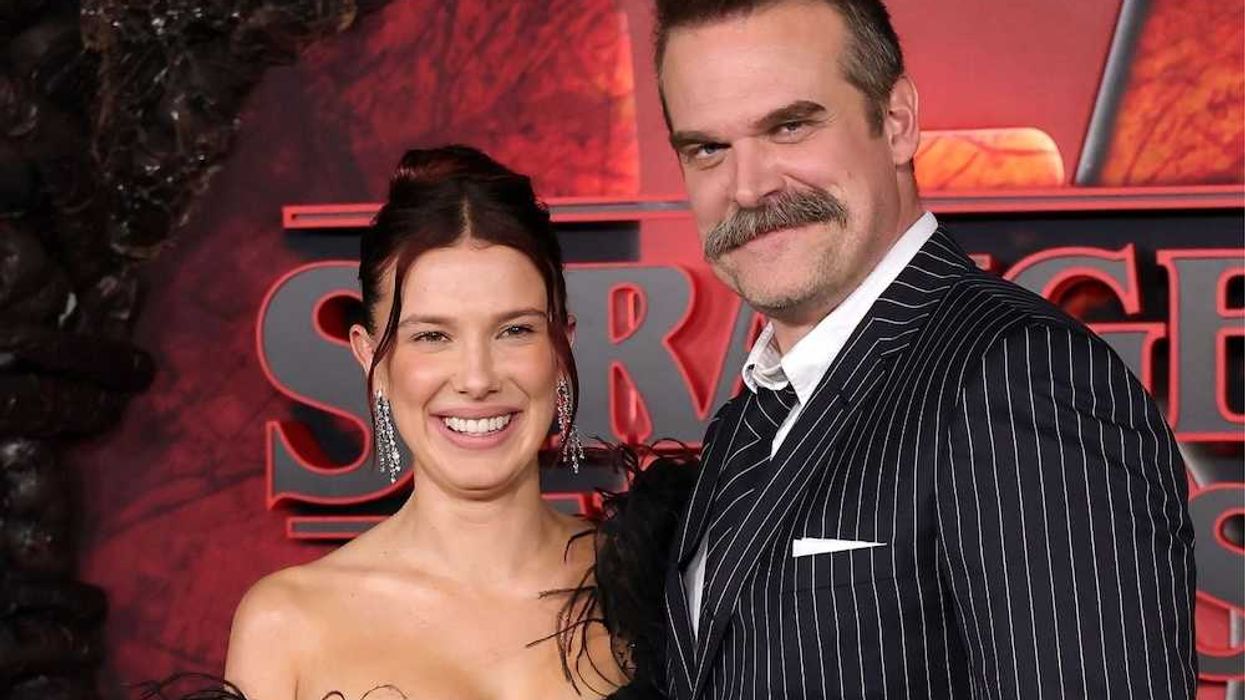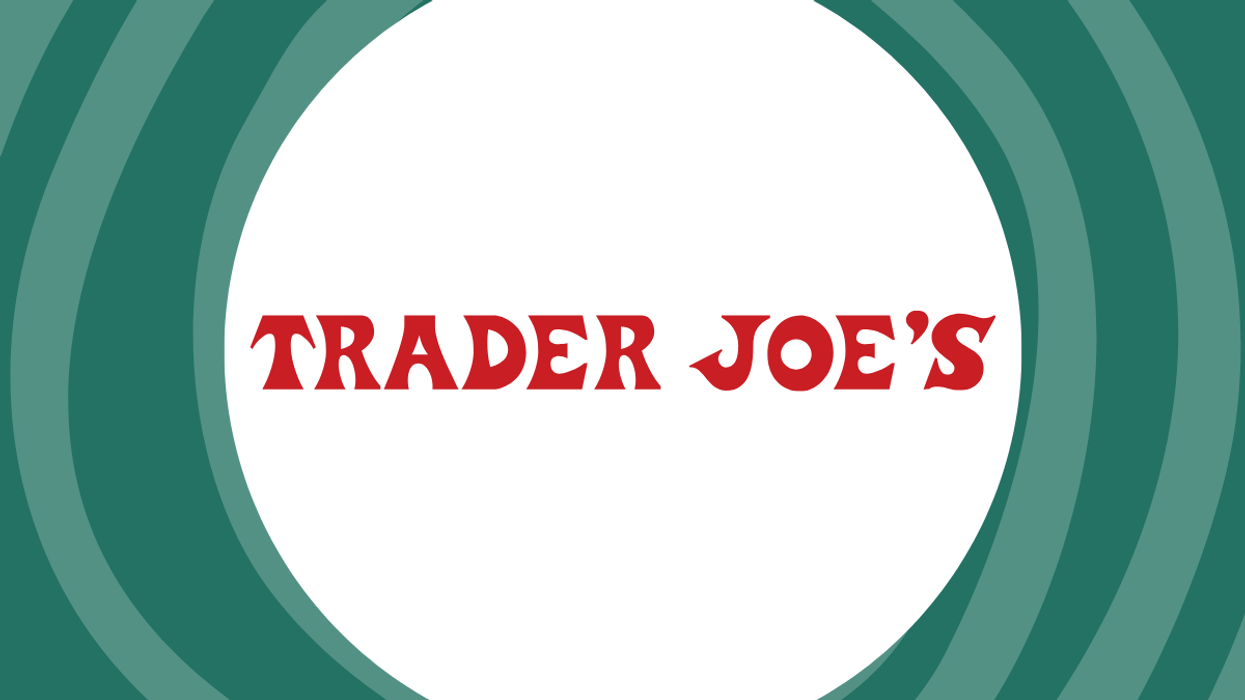Get tips from the pros.
5 Things You Need to Know Before You Launch Your Own Business

You have your idea. You have your dedication. You have the decision before you: Are you going to go for it? Are you going to take your idea and figure out how to turn your passion into a business? Last week, I had the pleasure of attending a one-day conference for non-techy wannabe-founders called HustleCon. The conference featured 15 already-founders talking candidly about what has and what hasn’t worked for them to a room of 500 people, who traveled from all over the world (we’re talking five of the seven continents). If you’re someone who is trying to pursue your dreams and start your own business, here are tips from aspirational entrepreneurs who are out there in the trenches, hustling with the rest of them.
Finding your core community starts before you have a website, an app or a brick and mortar. Your core community is filled with the people who believe so deeply in your mission that they will eventually become evangelists for your idea. But these people aren’t just going to fall into your lap. Matthew Brimer, founding partner of General Assembly, built such a strong core community that they took his idea of creating a collaborative space for entrepreneurs and startups and helped him create the successful business that he runs today — success being 19 locations in six different countries.
How did he do it? The answer is surprisingly obvious: When you find someone who is excited about your idea, build that relationship. It’s a matter of 1:1 coffees, group dinners, giving insider space tours or previews to whatever it is you’re working on, manually building your email list with every email you come across and letting these people be the first to try your product, whether that’s through pre-sales or advance memberships. If you’re thinking, “I have way too much to do; I can’t be off having coffees and going to dinners with people,” rethink that. Your core community is going to offer you thoughtful and invaluable feedback and the personal endorsement and word of mouth advertising that is so essential to the success of your business. Take the time. Get a drink. Get a dinner. It’s really not that bad.
Know That It Takes Time to Do Something Right
If you think you’re going to build something in six months and it’s going to have a million users the day after you launch it, prepare to have your bubble burst. Every speaker at Hustlecon spent years building their product before they even pushed it to market. When they did push it out, the backend was often akin to looking behind the curtain and seeing the not-so-great and not-so-powerful OZ. Read — they were doing things very manually. This doesn’t mean that you’ll build continuously for a year or two in the void. Your job is to do rapid prototyping, show it to as many people as possible, collect feedback and reiterate. If something is taking you longer than a week to build with no feedback, it’s taking too long. Jank something together, show it, get feedback, make it better, make it right —- do you see how this process could take time?
Since the idea is to not invest a lot of time or money building something that is just a prototype, rather than bringing a top-notch programmer in at $150 per hour, Arum Kang, founder of Coffee Meets Bagel, suggests contracting someone overseas for around $15 per hour. The code might not be beautiful, but it will let you test and validate your idea before you invest in higher-level development after you know your idea is a success.
Be Irrational
Leaving the security of a steady paycheck and health insurance for an idea you have — whether that’s making a necklace, opening up a tea shop or developing an app — is going to sound crazy to most people — and that’s because it is. And if you’re crazy enough to still go forward with it no matter how many people tell you you’re nuts, then you, my friend, are an entrepreneur. Stubbornness is a trait that innovators the world over posess.
If you’re wondering just how irrational you should be, let Tim Westergren, founder of Pandora, be your guide. In 2001, Westergren was in need of some Series B funding. But the market had just crashed, and there was no funding to be had. Rather than throwing in the towel when everyone told him it was over, Westergren racked up $500,000 in credit card debt and convinced his 50 loyal employees to continue working for him… unpaid… for two years. Westergren said he just felt so certain that he had something that could really change the world and the way we listen to music.
In 2005, he got $9 million in funding, paid his employees the $2 mil he owed them in back wages, (yes, he owed them TWO MILLION DOLLARS) and built the behometh that Pandora is today. That’s what being irrational (and maybe a little crazy) can get you. But let’s not confuse irrational and stubborn for pigheadedness. Westergren remained flexible when it came to what the application of his idea would be. At the time of the company’s crisis, Pandora didn’t even have a product, Westergren didn’t know what to do with The Music Genome that he had built and he and his team tried lots of things before they figured out the right application. So be flexible with that wild, yet genius, idea of yours.
Pitch Your Story to Everyone. Continually Refine It.
No matter if you’re trying to get funding or not, refining and developing your story is part of starting a business. People have to understand what your mission is, and to do that, there needs to be a real human connection — something that makes you want to get involved with that company or product. The first time you tell your story, it’s not going to be your real story. The second time you tell it, nope, still not there. The 100th time? You’re getting closer, but you still might be missing the emotional element.
Finding the story that sticks, connecting people with you and your brand and making them want to be a part of it is hard to refine. Adam Draper, founder Boost VC, says that if you’re not willing to tell your story to your friends and family, just assume that your business is dead in the water. And while not everyone needs to get funding, if you do end up throwing that into the equation, you need to get your story down pat before you even think about talking to investors. You should be excited about your idea and want to talk about it nonstop. Eventually, you’re going to find the right mix of words and hit a chord with people.
Grow Some Thick Skin and Embrace the Rollercoaster Ride
It goes without saying that if starting something new was easy, everyone would do it. As Elon Musk quoted, “Starting a company is like staring into the abyss and eating glass.” So saying your next few years might be rough (but oh-so worth it) is putting it lightly. And while you’re venturing into those uncharted waters and trying to figure out what the heck you’re doing, there’s a chance you might need funding.
Before Adam Draper started Boost VC, he too was in the market for funding. Just to paint a picture of what that might look like, he told the crowd that he sent out over 3,000 emails, got over 300 in-person interviews and heard back from just a little over 30 of those people. So expect to hear “NO” a lot, potentially over 3,000 times in one year. But you’ve got a good idea that you’re determined to make work, so you can handle it. Show the passion you have for your project, get your story down, tell it to everyone you can and eventually someone is going to give you that golden yes.
What tactics have worked for you before you launched a business or project? Let us know in the comments below!


















